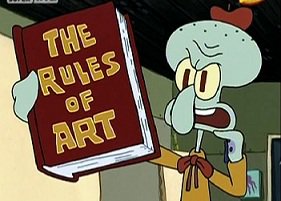Formal analysis is a way of examining and evaluating the aspects of a work of art. Through this, the observer tries to understand the underlying meaning that the artist may have intended for the work of art to have. When formally analyzing a work of art, you must pay attention to components such as color, size and scale, lines, and symbolism. When looking at color, you must pay attention to the types of color schemes and the range used. You must identify whether they are light or dark colors, whether they are primary or secondary colors, and whether the colors contrast with one other depending on their position in the work. When looking at size and scale, you must observe where any subjects or objects in the work are positioned. You also need to note the size of the objects. For example, noting whether the main subject is the largest thing in the work, or if there are things larger than the subject. Lines are a way of identifying the techniques an artist used in a painting. Some parts of a painting may have been painted using stronger strokes or different types of strokes than other parts of a painting. This can perhaps tell how the artist felt about the specific object he was painting. Finally, moving away from the physical aspects, symbolism is a strong component of formal analysis because it allows the observer to understand what the artist intended on saying, without actually saying it. By inserting specific colors, shapes, or objects, the artist can convey a certain emotion, reaction, or thought without having to write or say anything.



Anthony,
Your blog post was really clear about formal analysis. I agree with you, you can definitely understand what an artists emotions are and what he/she’s going through by just looking at the “specific colors, shapes, or objects”.